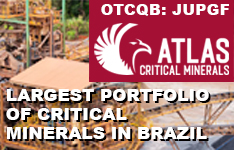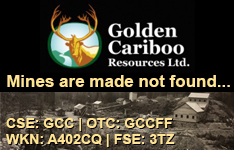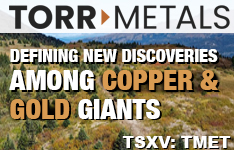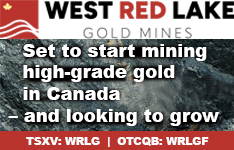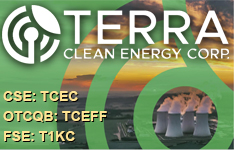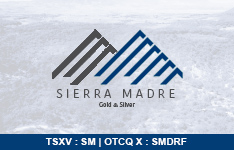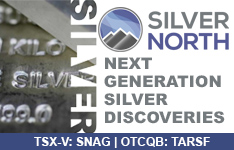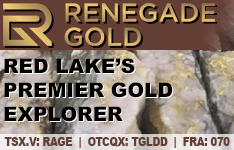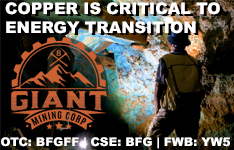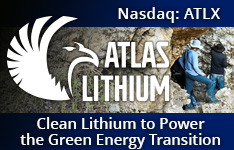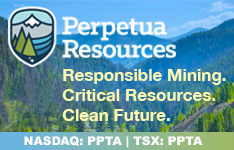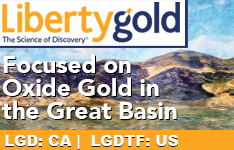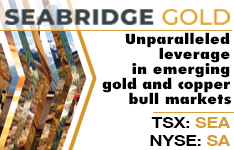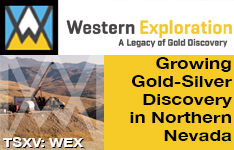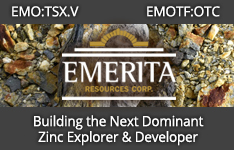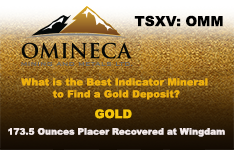The antimony market has continued to attract global attention due to its critical applications in flame retardants, alloys, and defense-related materials.
With new demand drivers, evolving geopolitical dynamics, and growing emphasis on domestic supply, antimony has emerged as a strategic mineral for the 21st century.
Global Market Outlook and Growth Drivers
According to a report from Fortune Business Insights dated October 3, the global antimony market was valued at US$1.01 billion in 2023 and was projected to grow to US$1.78 billion by 2032, reflecting a compound annual growth rate of 6.5%. Asia Pacific dominated the market with a 64.36% share in 2023, but the U.S. market was also expected to grow significantly, reaching an estimated US$106.57 million by 2032. The report identified a key driver for this domestic growth: "the growing demand for OSHA-regulated flame-retardant clothing."
The element itself, known chemically as stibnite (Sb), has distinctive physical and chemical properties. Fortune Business Insights explained that antimony is "a silver-grey chemical element with a silky, glossy surface" and noted its rarity, with "only 0.4 parts per million (ppm) in the upper crust." It is found in more than 100 different mineral species, with stibnite (Sb₂S₃) being the most common ore. The report highlighted that "certain semiconductor devices, such as infrared detectors and diodes, are made with Sb in the electronics sector," and added that it is also alloyed with lead for batteries, cable sheathing, and ammunition.
Recycling has emerged as a central theme in the sustainability efforts surrounding the antimony market. As noted in the report, "metal recycling ends the loop in the production process, resulting in [a] reduction of the amount of waste that ends up [in the] landfill." Antimony's usefulness in coatings, ceramics, glass, paints, and flame retardants supports its ongoing industrial demand, particularly in light of environmental and safety regulations.
The post-pandemic recovery of the market also played a role in its current trajectory. The report observed that while the COVID-19 pandemic caused a 1.38% dip in 2020, "rising product and raw material costs indicated a solid economic recovery."
Industrial Applications and Properties
The same report explained that antimony — also known as stibnite (Sb) — is a silver-grey element with a melting point of 630°C and a density of 6.697 g/cm³. Despite being rare in the Earth's crust, occurring at only 0.4 parts per million (ppm), it appeared in over 100 mineral species. Its most common ore, Sb₂S₃, was widely used in flame retardants, semiconductors, and alloys.
The element's versatility was further highlighted in electronics, where it was used in infrared detectors and diodes. It was also alloyed with lead for use in batteries, cable sheathing, and ammunition. In addition to these applications, the report noted that "flame retardant materials, ceramics, glass, paints, and enamels are all made using its compounds."
Post-Pandemic Market Conditions
The COVID-19 pandemic temporarily disrupted the antimony supply chain, leading to a 1.38% decline in global demand in 2020 compared to the previous year.
The report explained that "government restrictions on mobility and production operations and the workforces confronting the risk of infections" contributed to delays across the mining sector.
However, it also observed signs of recovery in subsequent years, such as lower unemployment and increased project restarts, despite elevated costs for raw materials.
Strategic Importance and U.S. Market Outlook
On October 3, a report published by FN Media Group reiterated several findings from Fortune Business Insights, including the forecasted rise of the U.S. antimony market to US$106.57 million by 2032.
The FN Media Group article emphasized the critical role of antimony in safety materials, particularly OSHA-compliant flame-retardant clothing. It also reaffirmed the element's industrial significance in coatings, plastics, and electronics, and noted that it had appeared on the EU's list of key raw commodities in 2011, 2014, and 2017.
The article further explained that "although it is not a flame retardant in and of itself," antimony trioxide, when combined with halogens such as bromine, inhibited the spread of flames. This made it an essential component in meeting safety standards in the electrical and utility industries.
Strategic Supply Chain and Domestic Production
The strategic value of domestic antimony production was also noted in recent commentary on developments in Nevada. A GlobeNewswire release on October 3 described laboratory-confirmed findings of high-grade stibnite hosted in felsite dike systems. These geological features were said to be similar to those found in China's Xikuangshan deposit and Austria's Schlaining district, both of which had long histories of antimony production. The release pointed to "exceptionally low arsenic levels" as a metallurgical advantage for processing and downstream refinement.
According to the release, the U.S. resource base had demonstrated grades and thicknesses that aligned with some of the largest global antimony systems. The report concluded that domestic development of clean, in-situ resources could support broader goals of securing strategic mineral supply chains.
Important Disclosures:
- Perpetua Resources is a billboard sponsor of Streetwise Reports and pays SWR a monthly sponsorship fee between US$3,000 and US$6,000.
- James Guttman wrote this article for Streetwise Reports LLC and provides services to Streetwise Reports as an employee.
- This article does not constitute investment advice and is not a solicitation for any investment. Streetwise Reports does not render general or specific investment advice and the information on Streetwise Reports should not be considered a recommendation to buy or sell any security. Each reader is encouraged to consult with his or her personal financial adviser and perform their own comprehensive investment research. By opening this page, each reader accepts and agrees to Streetwise Reports' terms of use and full legal disclaimer. Streetwise Reports does not endorse or recommend the business, products, services or securities of any company.
For additional disclosures, please click here.








